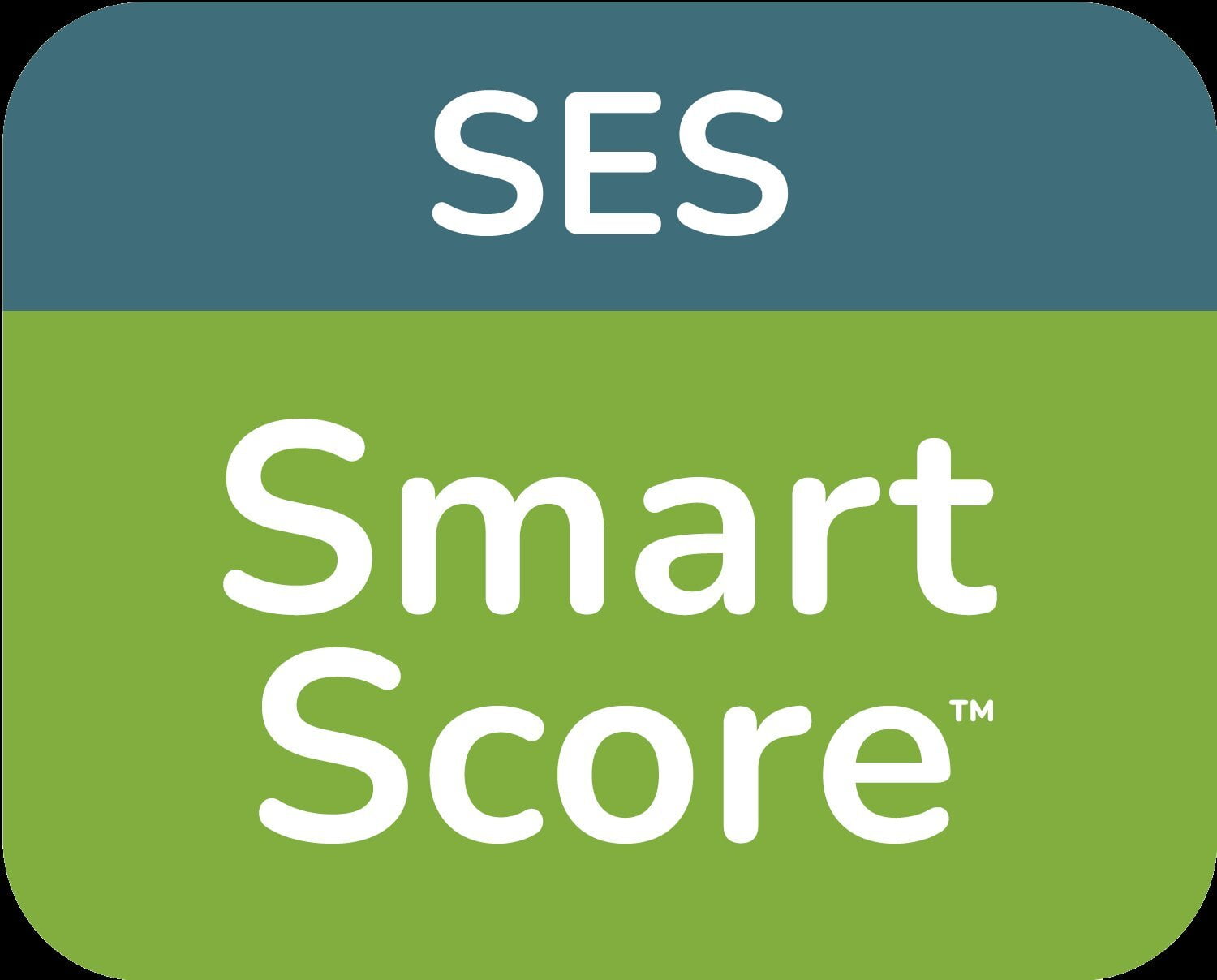Ask ten people to define "standards-based scoring and reporting" and you're likely to get ten different answers. I've heard everything from the optimistic ("It's a great way to keep the the focus on learning, not points.")...to the outlandish ("Students can demand a retake for any assignment, day or night!").
But when you boil it down, standards-based scoring is just that: scoring students based on clearly identified standards, rather than an arbitrary set of factors that may or may not be related to the subject I teach. Seems pretty simple, right? If your boss said to you, "Sorry Linda. Your work is excellent, but you don't raise your hand enough in department meetings. I can't recommend you for a raise...unless you bring in a bunch of cans for our company food drive. That would put you over the top."
Ridiculous, right?
Yet all of us who've raised kids in "traditional" schools have seen the equivalent situation time and time again.
If you're getting started with standards-based scoring and reporting, check out the summary below (provided by Kim Marshall via the Marshall Memo).
Standards-Based Grading – What It Is and What It Isn’t
In this Theory Into Practice article, Laura Link (University of North Dakota) and Thomas Guskey (University of Kentucky) say there is lots of confusion about standards-based grading: how it’s defined, how it should be evaluated, and whether it’s effective. Here are their clarifications:
- A definition – Standards-based grading is a way of evaluating students’ progress and achievement based on their mastery of clearly articulated learning standards. For example, rather than reporting students’ grades in traditional gradebook fashion – Chapter 2 quiz, Act III test, U.S. map activity – students get scores for:
- Simplifying square roots;
- Identifying elements of a play;
- Using cardinal and intermediate directions on a map.
Successful implementation of standards-based grading, say Link and Guskey, depends on all stakeholders being clear on the problem to which standards-based grading is the solution: that traditional grading lumps cognitive and non-cognitive elements together into a single grade that is a “hodgepodge” of elements and doesn’t clearly communicate how students are learning what they are supposed to be learning.
- Sources of confusion about standards-based grading – Link and Guskey have seen evidence of these seven, and others:
- Not clearly defining learning outcomes;
- Differing opinions on which constitute “power standards;”
- Schools revising report cards before clarifying learning standards;
- Uncertainty about whether non-cognitive factors will count toward student grades;
- Lack of clarity on levels of performance and how they are labeled;
- Allowing students unlimited retakes of assessments;
- Teachers not using assessment results to fine-tune instruction.
These can lead to “confusion, frustration, inconsistent implementation, and eventually abandonment,” say the authors.
- Criteria for effective grading and reporting – The primary purposes of grading, say the authors, are to (a) provide information to students on their learning progress, and (b) let parents know how their children are doing in school. Given those goals, the way to evaluate any grading and reporting system is how well it communicates key information to students and parents – the bottom line being how well they understand what’s communicated. Traditional grading does not meet this standard because what’s contained in a student’s grade is unclear.
Looking at student achievement, say Link and Guskey, is not an appropriate way to evaluate any grading system. True, classroom assessments can (and should) be used to improve teaching and the choice of instructional materials, but student outcomes are not the way to evaluate grading and reporting
- Key elements of standards-based grading – Link and Guskey suggest three criteria that describe standards-based grading and should be used to assess implementation:
- Students’ performance is reported based on clear learning standards for the grade or course – what students should know and be able to do – rather than a single content-area grade that averages points and percentages from multiple assignments.
- Teachers use a small number of performance levels – for example, Beginning, Progressing, Proficient, Exemplary – to describe students’ progress toward the learning goals, versus a 100-point scale, which “offers only the illusion of precision.”
- Academic grades are reported separately from effort, behavior, homework, work completion, and class participation. Students and parents get a clear and useful “dashboard” of information in three areas: product, process, and progress.
“When viewed as a tool for bolstering communication with students and parents,” conclude Link and Guskey, “standards-based grading can be resoundingly effective.” By reporting on students’ progress on specific learning targets, communicating in simpler terms, and separating cognitive and non-cognitive factors, this approach has great potential to improve teaching and learning.
“Is Standards-Based Grading Effective?” by Laura Link and Thomas Guskey in Theory Into Practice, Fall 2022 (Vol. 61, #4, pp. 406-417); the authors are reached at laura.link@und.edu and guskey@uky.edu.

